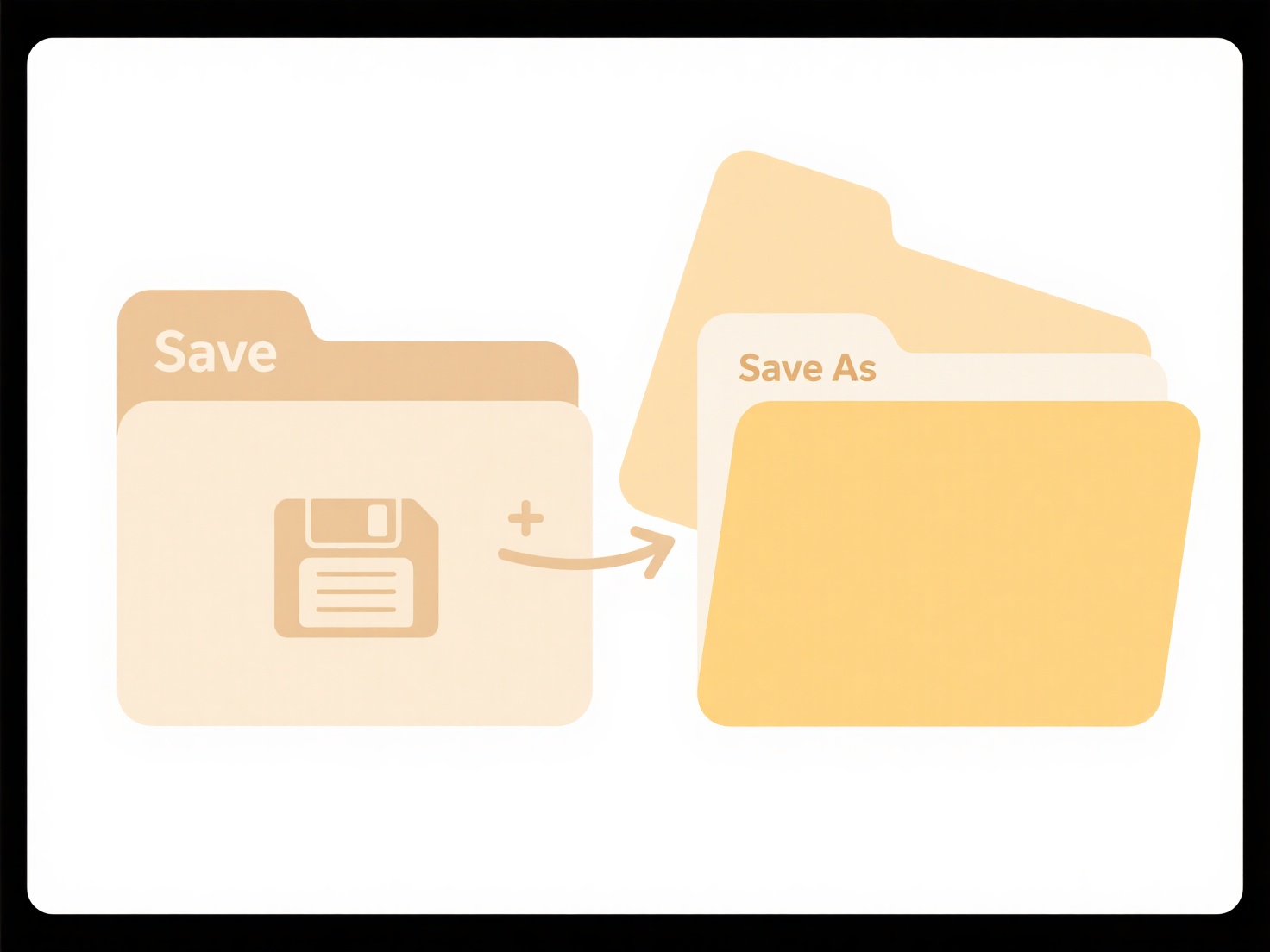
PDF export tools automatically append extra information like timestamps, user IDs, or random strings to file names primarily to prevent naming collisions. This ensures that if a document is exported multiple times or by different users, each version gets a unique name, avoiding accidental overwrites of previous files. It differentiates automatically saved versions from explicitly named user files.
For instance, an accounting software might export "Report.pdf" as "Report_2024-06-15_14-30.pdf" using the date and time of export. Similarly, a collaborative platform might generate "Budget_Q2_jsmith.pdf" when user 'jsmith' initiates the export, tagging the file with their identifier. This is common in document management systems, enterprise software (SAP, Salesforce), and cloud storage integrations (SharePoint, Google Workspace).

The key advantage is maintaining data integrity by preventing accidental data loss during frequent exports. However, overly complex filenames can confuse users or complicate file searches. Future tools might offer smarter defaults or user-configurable naming rules to balance uniqueness and readability, improving user control without compromising file safety.
Why do PDF export tools add extra info to the file name?
PDF export tools automatically append extra information like timestamps, user IDs, or random strings to file names primarily to prevent naming collisions. This ensures that if a document is exported multiple times or by different users, each version gets a unique name, avoiding accidental overwrites of previous files. It differentiates automatically saved versions from explicitly named user files.
For instance, an accounting software might export "Report.pdf" as "Report_2024-06-15_14-30.pdf" using the date and time of export. Similarly, a collaborative platform might generate "Budget_Q2_jsmith.pdf" when user 'jsmith' initiates the export, tagging the file with their identifier. This is common in document management systems, enterprise software (SAP, Salesforce), and cloud storage integrations (SharePoint, Google Workspace).

The key advantage is maintaining data integrity by preventing accidental data loss during frequent exports. However, overly complex filenames can confuse users or complicate file searches. Future tools might offer smarter defaults or user-configurable naming rules to balance uniqueness and readability, improving user control without compromising file safety.
Related Recommendations
Quick Article Links
Should I include file type info in the name even with an extension?
Including file type information directly in the file name, despite the presence of the file extension (like .docx, .jpg,...
Can duplicate files slow down my computer?
Duplicate files are copies of the same data stored in multiple locations on your computer. While a single duplicate won'...
How many levels deep should I organize folders?
Folder depth refers to the number of subdirectory levels used to organize files on a computer or server. Shallow structu...